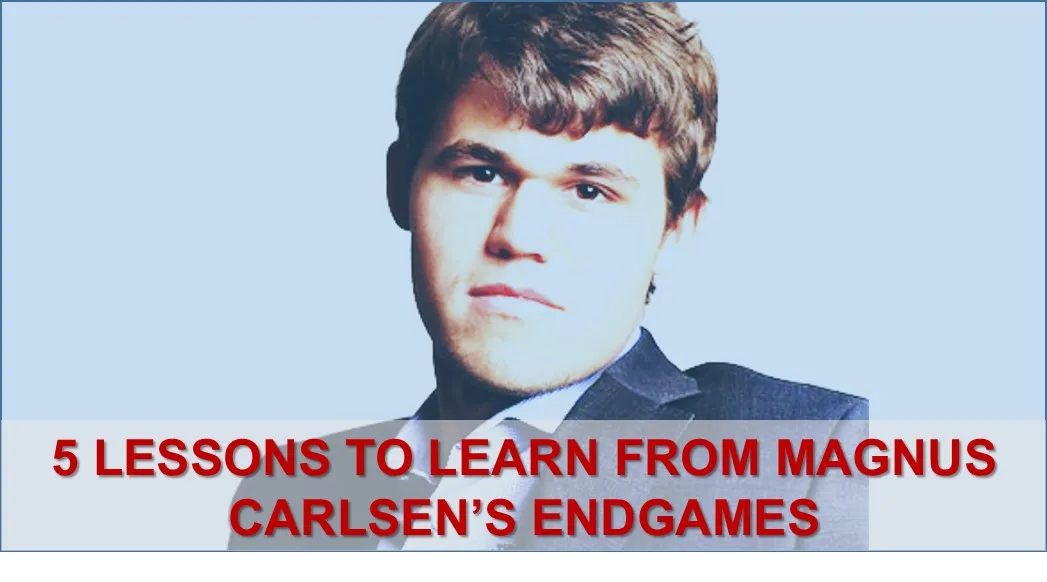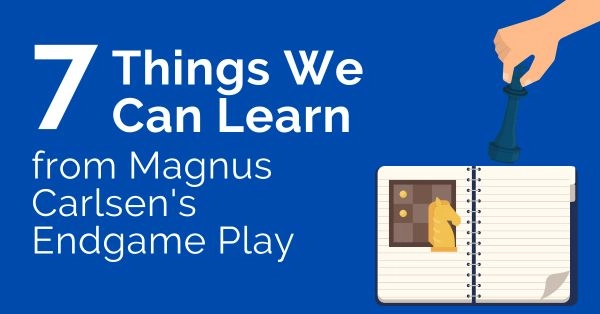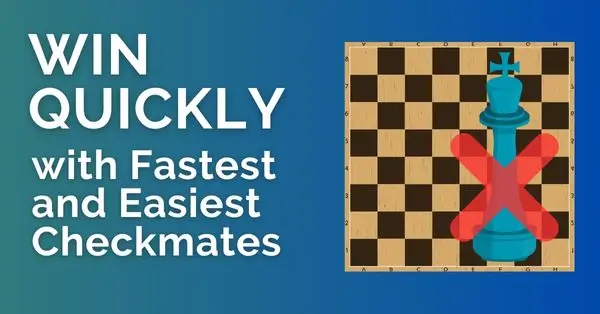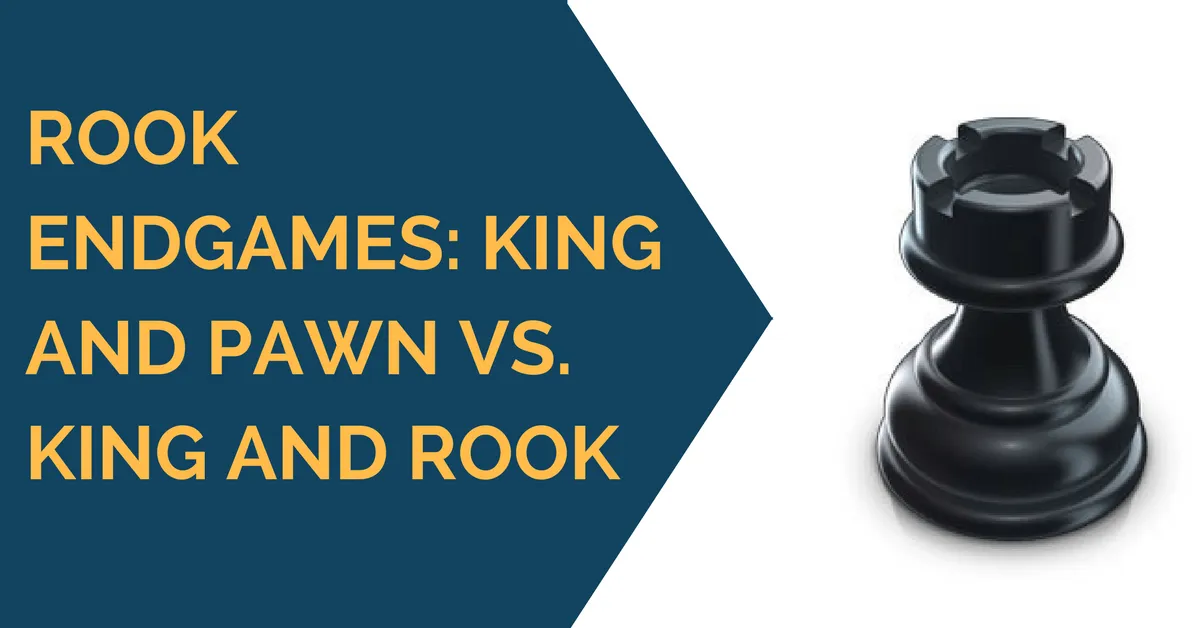5 Lessons to Learn From Magnus Carlsen’s Endgames

Magnus Carlsen is not only successful because of his tremendous tactics calculating ability, middlegame understanding, and photographic memory.
A big part of his success is due to his superior understanding of endgame positions, something not very common to the younger generation of chess players.
Often, even in dead equal positions, Carlsen is able to squeeze out the win. How does he do it?
Let’s take a look at these 3 examples:
Example 1. Viswanathan Anand – Magnus Carlsen, World Blitz Championship 2009
What can we learn from this endgame:
- The queen is much stronger than a pair of rooks on the open board, especially if the opponent’s king is exposed
- The queen can check the opponent’s king and win material (pawns, etc.)
- Opponent’s pawns can be used to block the semi-open file and cover your own king from the checks
- Pushing pawns in the endgame does not only get them closer to the promotion square, but also reduces mobility of opponent’s pieces and creates additional threats
Example 2. Magnus Carlsen – Viswanathan Anand, Linares 2008
What can we learn from this endgame:
- In the Rook + Pawn vs. Bishop + Pawn endgame the attacking side needs to exchange the rook for a bishop and pawn, while the defensive side needs to prevent that from happening
- The opponent’s King needs to be driven away from the pawn in order to attack it with both the king and rook
- Combination of mating and forking/pinning threats can be used for that purpose
Example 3. Viswanathan Anand – Magnus Carlsen, World Chess Championship 2013, Round 6
What can we learn from this endgame:
- If you’re a pawn up or down in the rook ending it does not mean that you’re losing or winning, you need to play very carefully to be able to convert an advantage or to save the game
- If you have a pawn majority on one side of the board, you should actively play on that side of the board
- Do not capture opponent’s pawns in rook endgames automatically, first think if they possess a real threat or can be used to cover your king from rook checks
To learn more about elementary chess endgames, I suggest you to check out our complete training course where we focus on learning how to play most common, practical endgame among many other things.
Let’s summarize the 5 lessons that we have learned from these endgames:
1. Always think twice when choosing between having a queen or the two rooks in the endgame. Queen is much stronger in open positions, when it can check the opponent’s king and win material in the process. Rooks are stronger when the king is covered and they can work together to support pawn promotion or attack the pawns which cannot be protected by just the queen.
2. Pushing pawns in the endgames towards the promotion square should be your main priority in many of the endings. You should always think about this powerful possibility. Not only it will require your opponent to alter his own plans to stop this serious threat but also, it will take up space from your opponent’s pieces to limit their mobility.
3. In the Rook + Pawn vs. Bishop + Pawn endgame the attacking side needs to exchange the rook for a bishop and a pawn, while the defensive side needs to prevent that from happening.
4. In the rook endgames you should be aware of rook checks. This is something that can cause a draw by ‘perpetual check’. Keeping some of the opponent’s pawns on the board maybe a good idea to cover up you own king from these checks.
5. If you have a pawn majority on one of the sides of the board, you should create a passed pawn and either promote it or give it up to capture all other pawns on other side of the board.
Ready to start winning games? Check out our store and articles:










Comments: